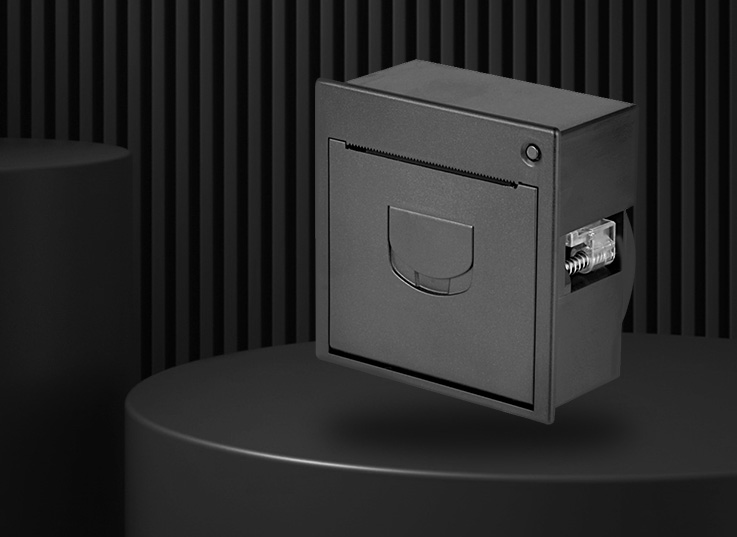
 2022-11-26
2022-11-26 2025-11-20
2025-11-20Printer print head temperature abnormality (either overheating or insufficient heating) is a critical issue that disrupts print quality and risks permanent damage to the print head—common in both inkjet and laser printers, though the root causes and solutions vary by printer type. Overheating (exces
 2025-11-19
2025-11-19Dot matrix printer print heads rely on precise needle movement to strike ribbons and transfer ink—over time, dust, ribbon residue, and dry friction cause wear, leading to skewed prints or stuck needles. Proper lubrication and maintenance preserve print head lifespan (typically 3-5 years for commerci
 2025-11-18
2025-11-18Printer print position offset—where text, graphics, or entire pages shift left/right, up/down, or become misaligned—ruins document professionalism and wastes paper. This issue affects all printer types (inkjet, laser, dot matrix) and stems from misconfigured settings, paper feed errors, or hardware
 2025-11-15
2025-11-15Portable dye-sublimation label printers are compact, mobile printing devices that use dye-sublimation technology to produce high-quality, durable labels for industries like healthcare, retail, logistics, and food service. Unlike thermal printers (which use heat-sensitive paper) or inkjet printers (w
 2025-11-14
2025-11-14Printer printing smearing—where ink or toner leaves blurry, trailing marks behind text or images—ruins document readability and wastes supplies. This issue affects all printer types (inkjet, laser, dot-matrix) and stems from hardware flaws, incorrect settings, or low-quality materials. Resolving sme
 2025-11-13
2025-11-13The fuser film is a critical component in laser printers, responsible for transferring heat to toner and bonding it to paper during the final printing stage. Made of heat-resistant materials like Teflon-coated polyester or polyimide, it operates at high temperatures (180–220°C) and is prone to wear,